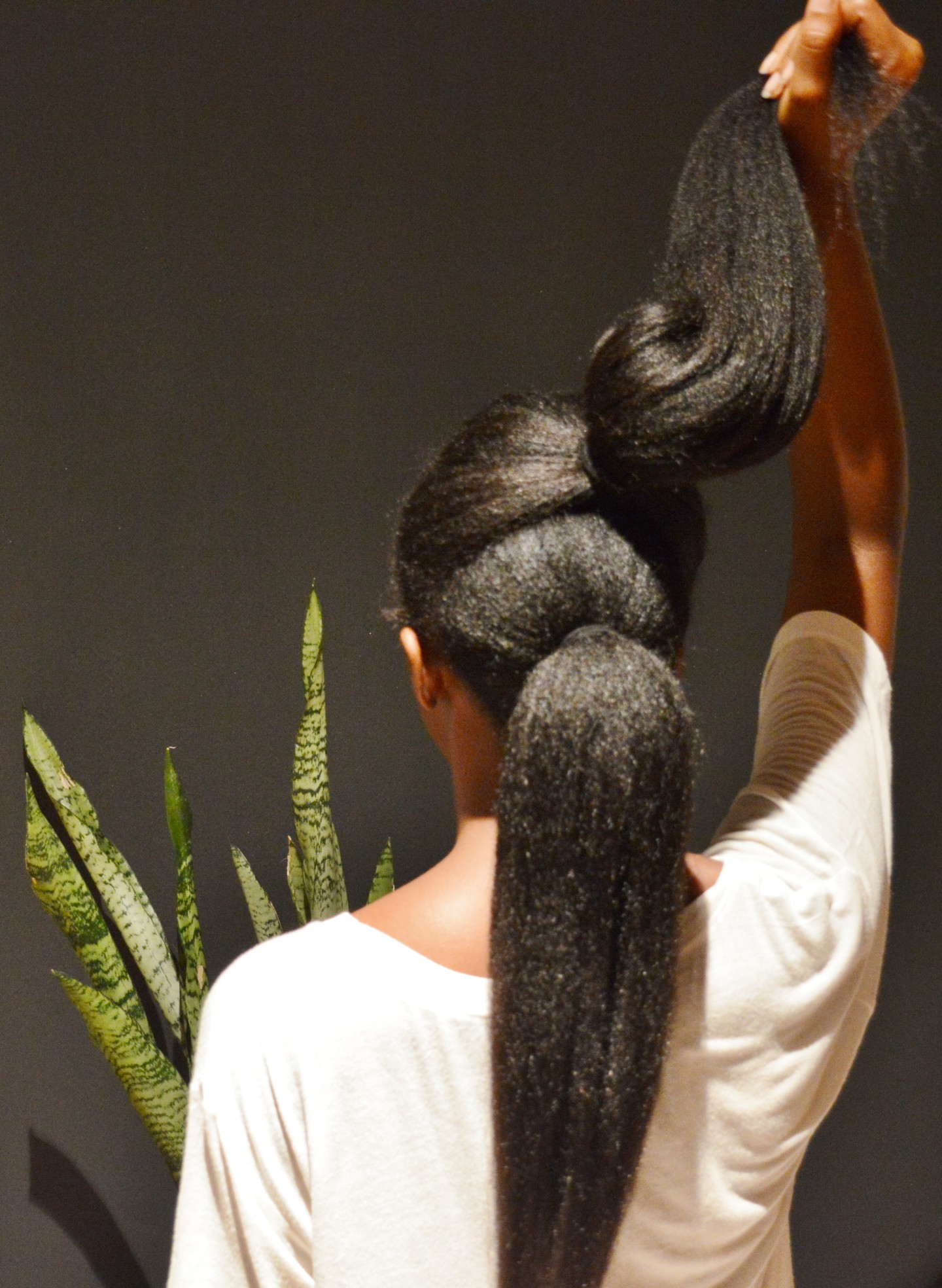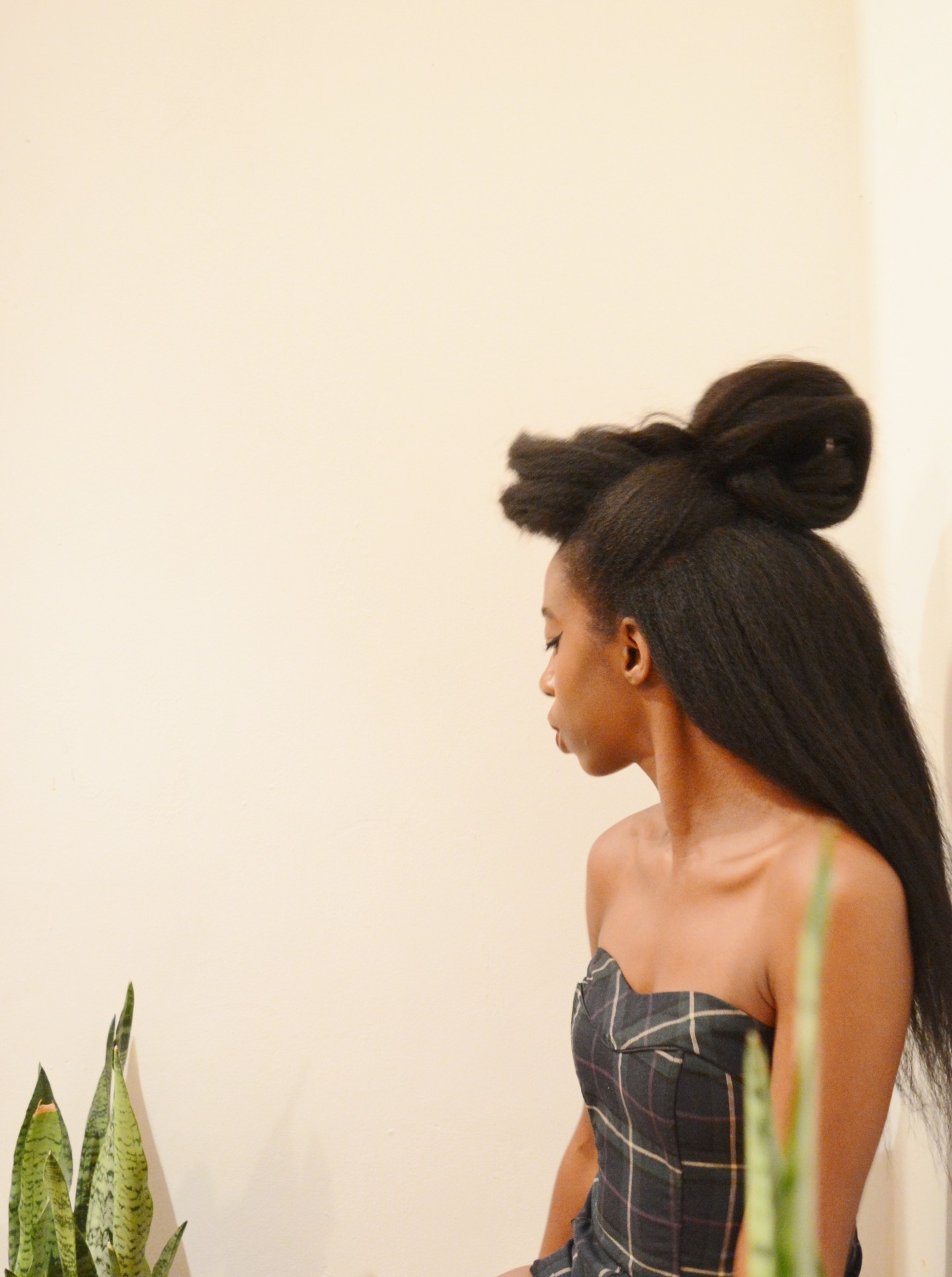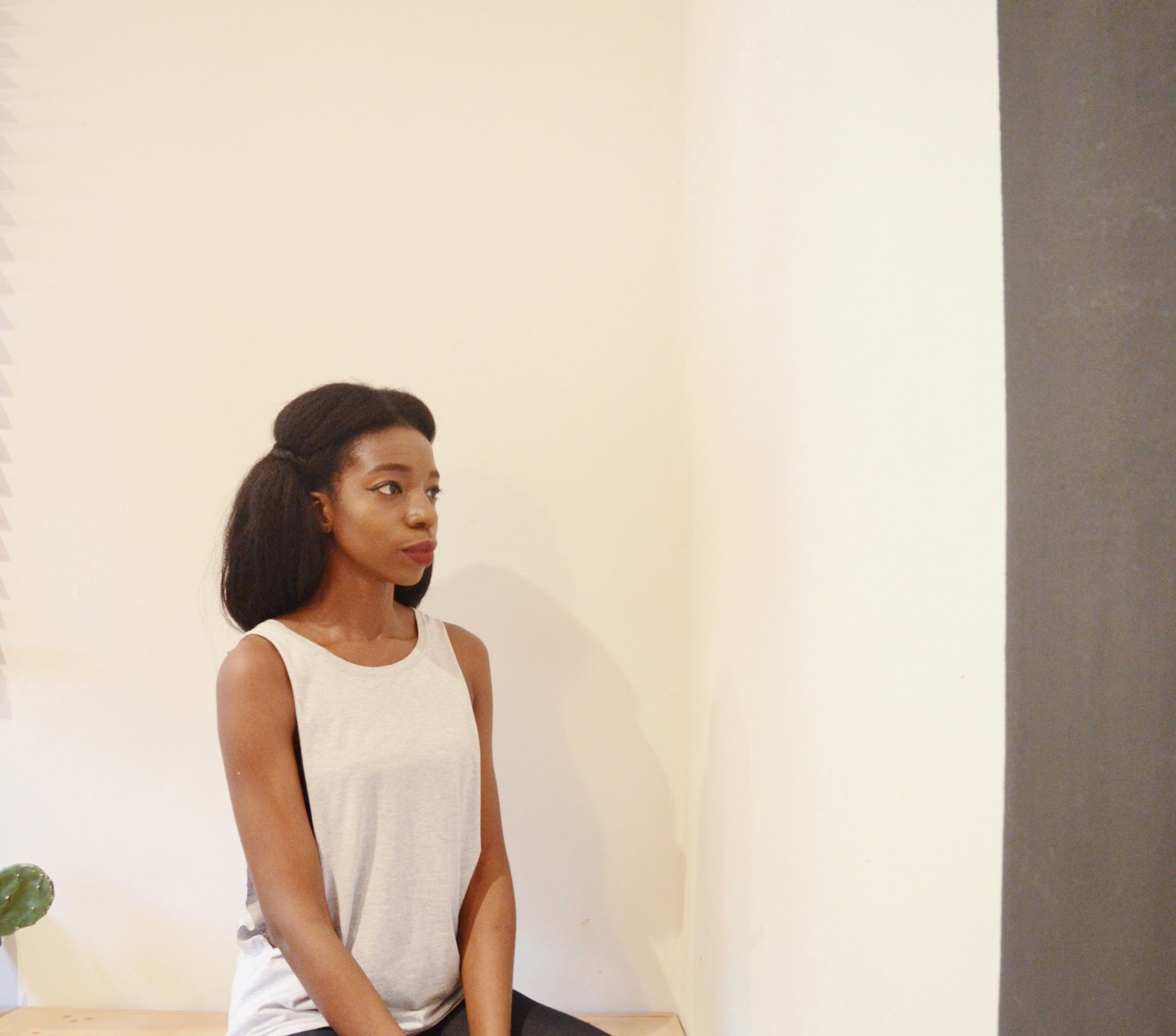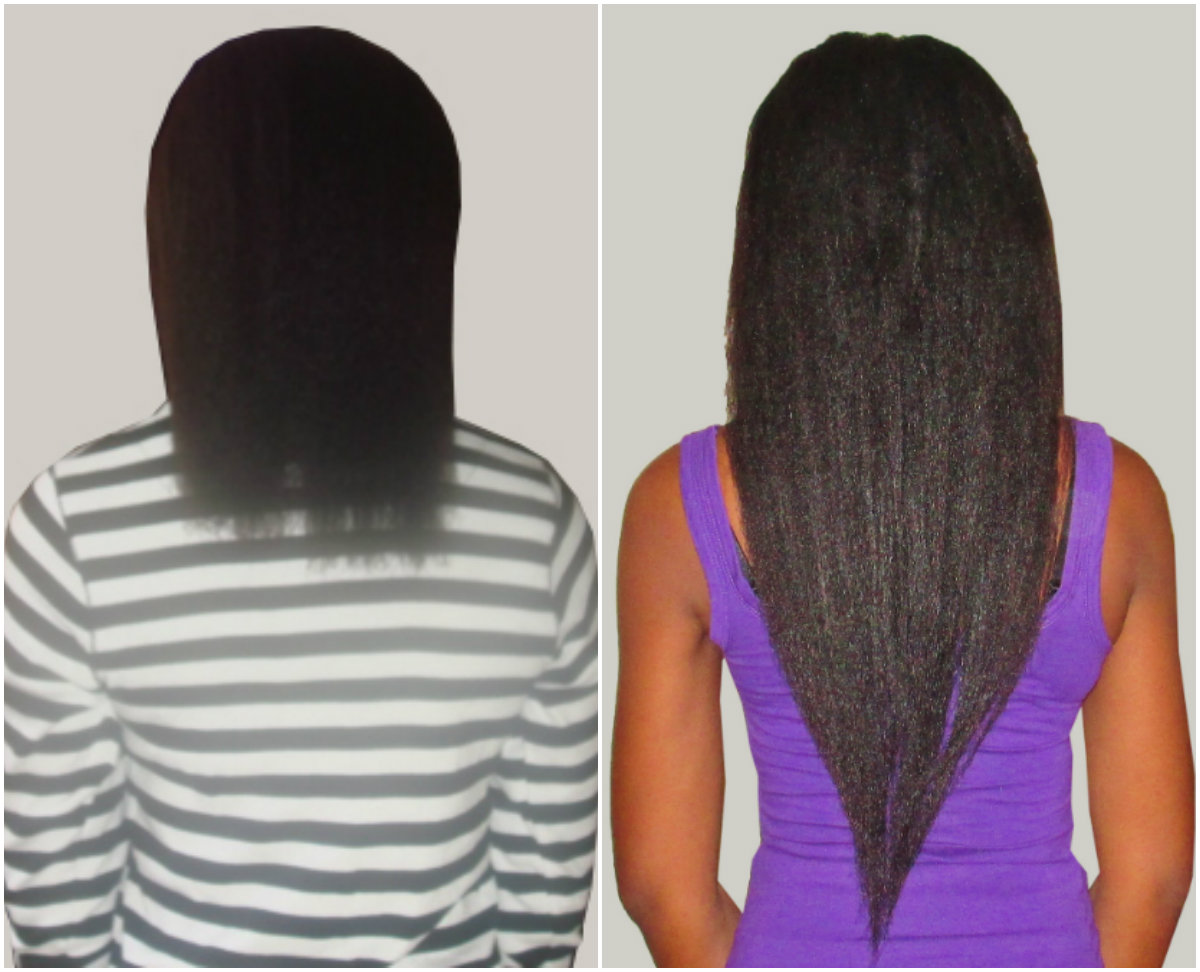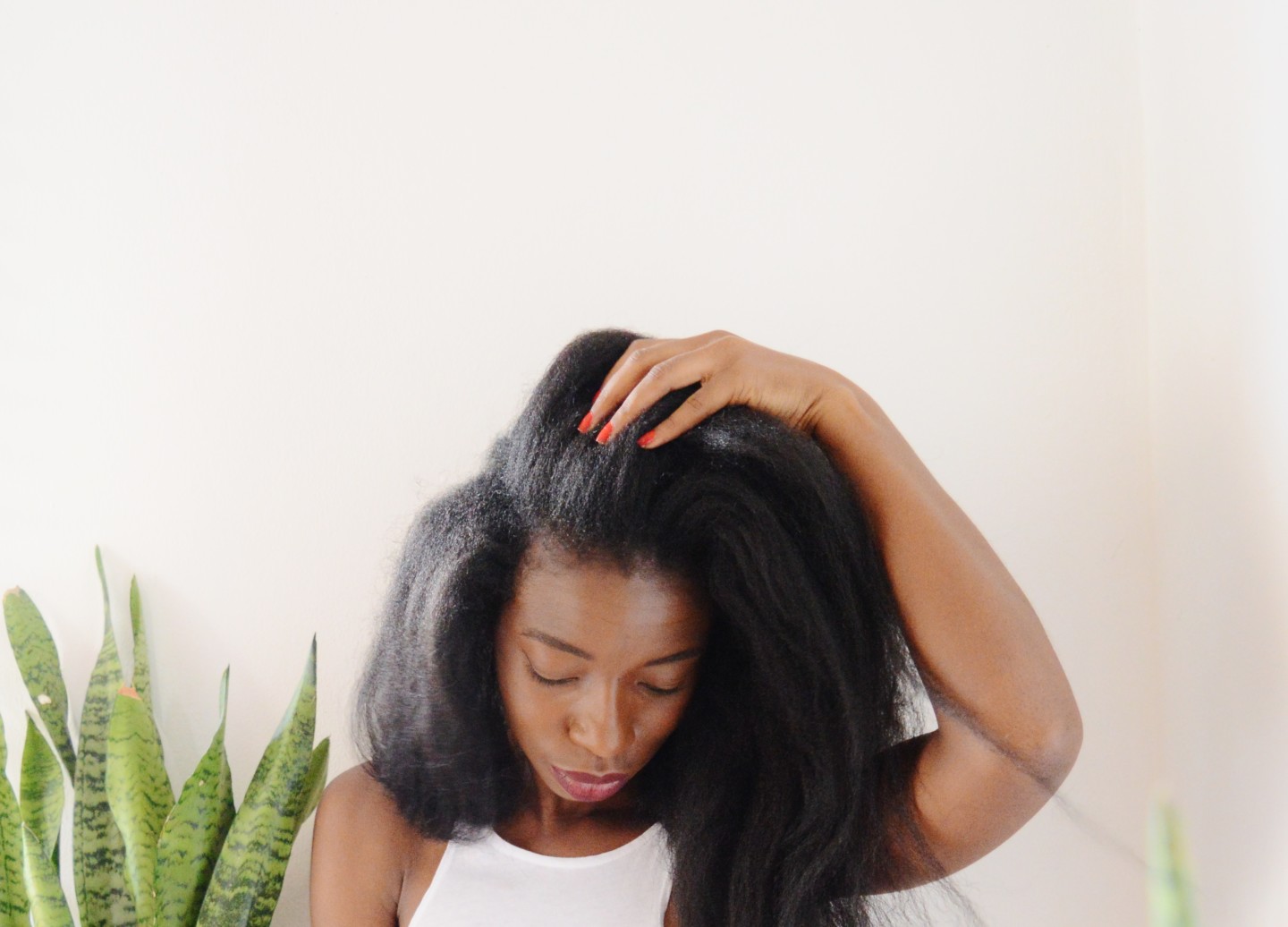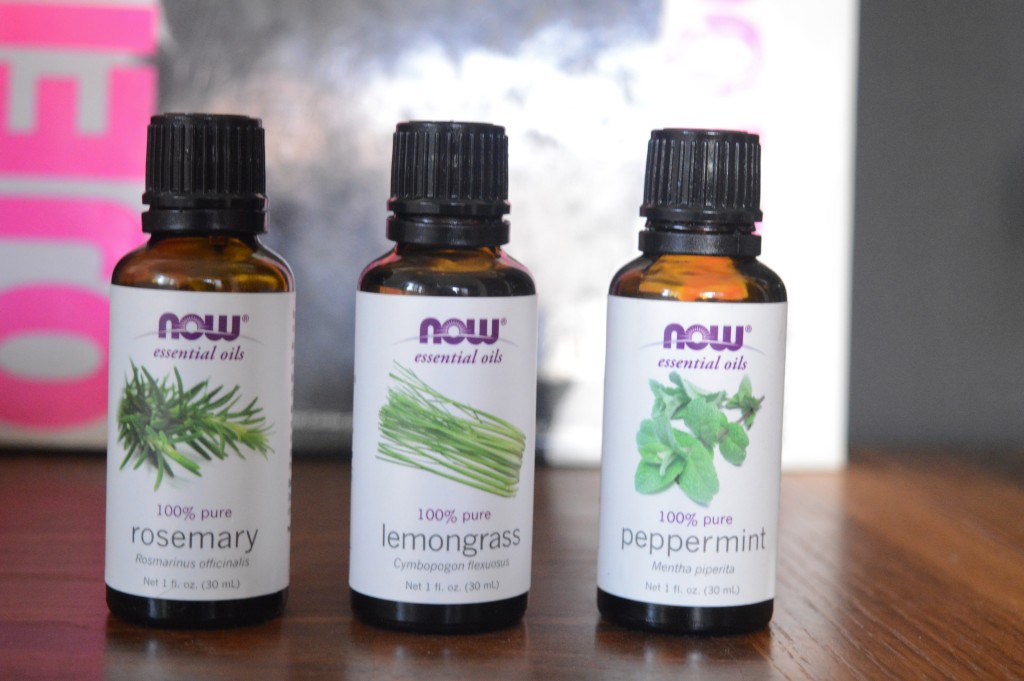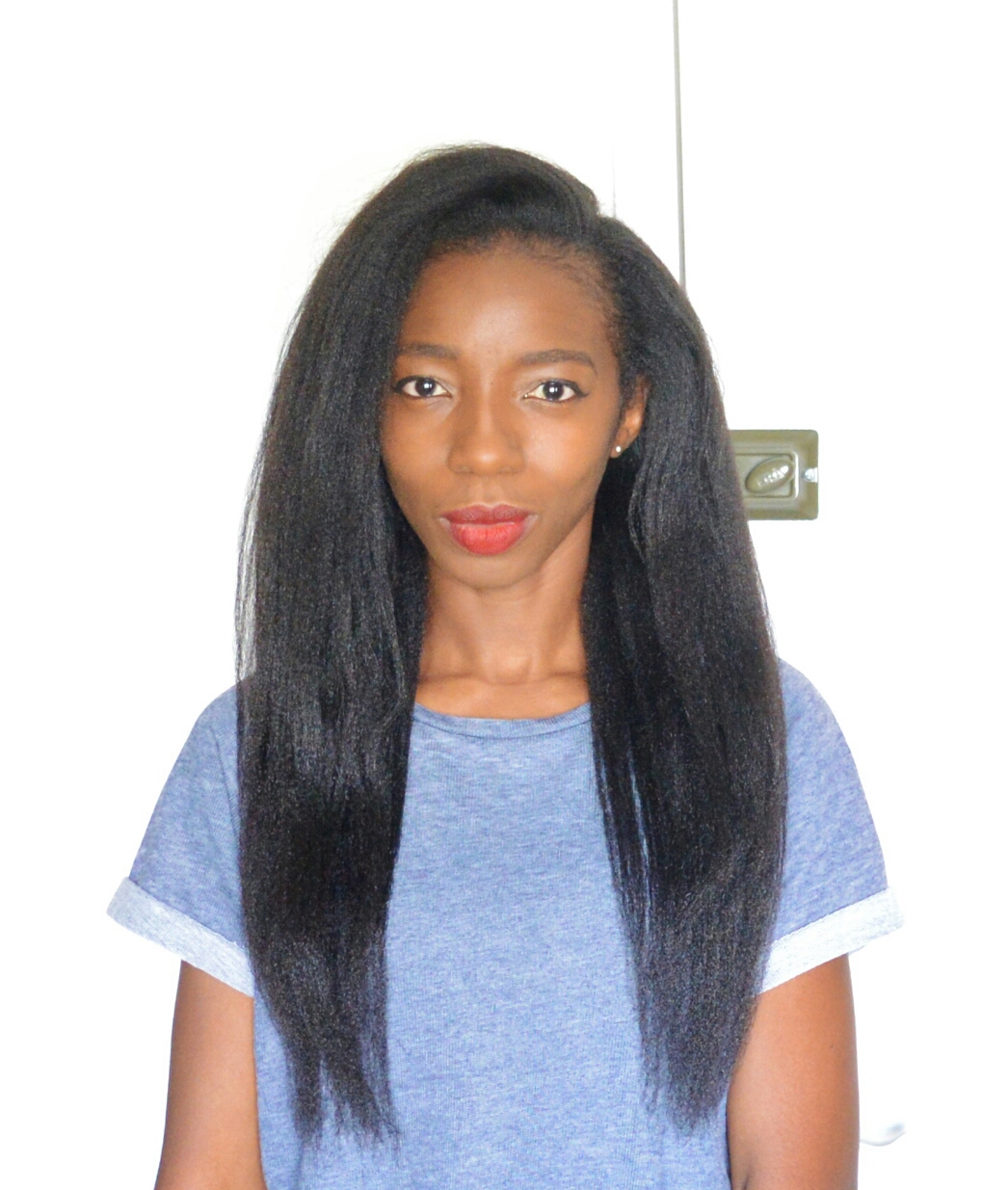
Hello ladies
You may know that I relaxed my hair almost three weeks ago and I have shared some of the pictures on Instagram but this post is crammed with loads more.
I stretched for 6 months plus and I certainly learned a few lessons along the way which as always, I hope you can benefit from. I will attempt to keep things short and sweet and jump right into it.
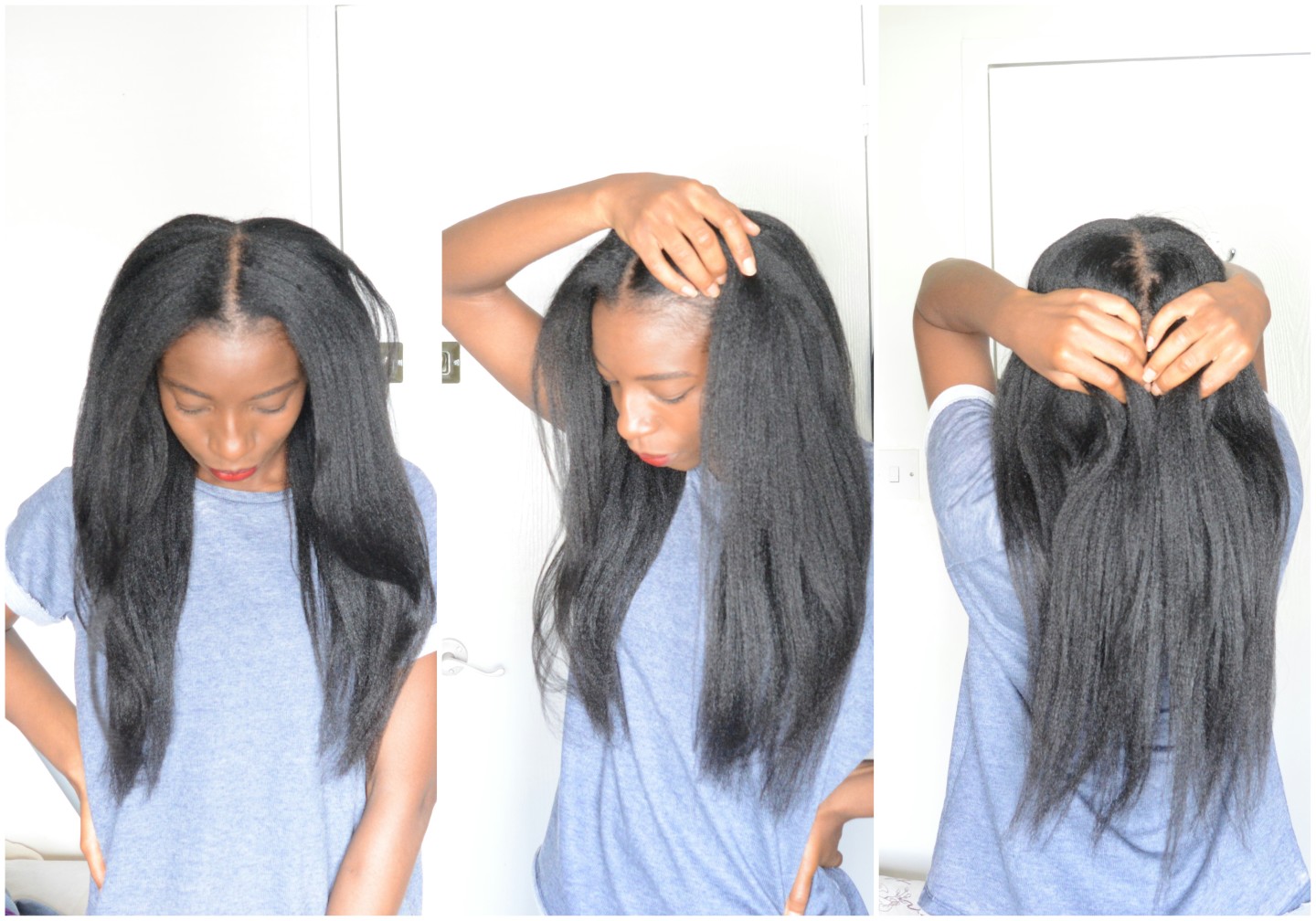
The Cons of My 6 Month Stretch
It was time consuming and got increasingly difficult
The longer your hair and the longer the stretch, the more time and effort hair care takes. I am usually quite good at stretching but I really struggled on this stretch and absolutely dreaded wash days.
Even though my wig regimen usually makes my stretches more bearable, I struggled to be consistent and patient with my hair.
I think I also found the stretch challenging because I was quite busy with work over the last few months and just really didn’t have the time that was needed to manage my hair as well as I would have liked.
Breakage at the line of Demarcation
I noticed that I had more breakage at the line of demarcation. The breakage occurred more in the areas that have thinner and weaker hairs. This reminded me that everyone’s hair is different and some ladies may not be able to stretch for long periods as it may do more harm than good. I usually notice some breakage on my 5 month stretches but the breakage on this stretch was more than I felt comfortable with. This is the main reason I doubt I’ll stretch for 6 months in the future.
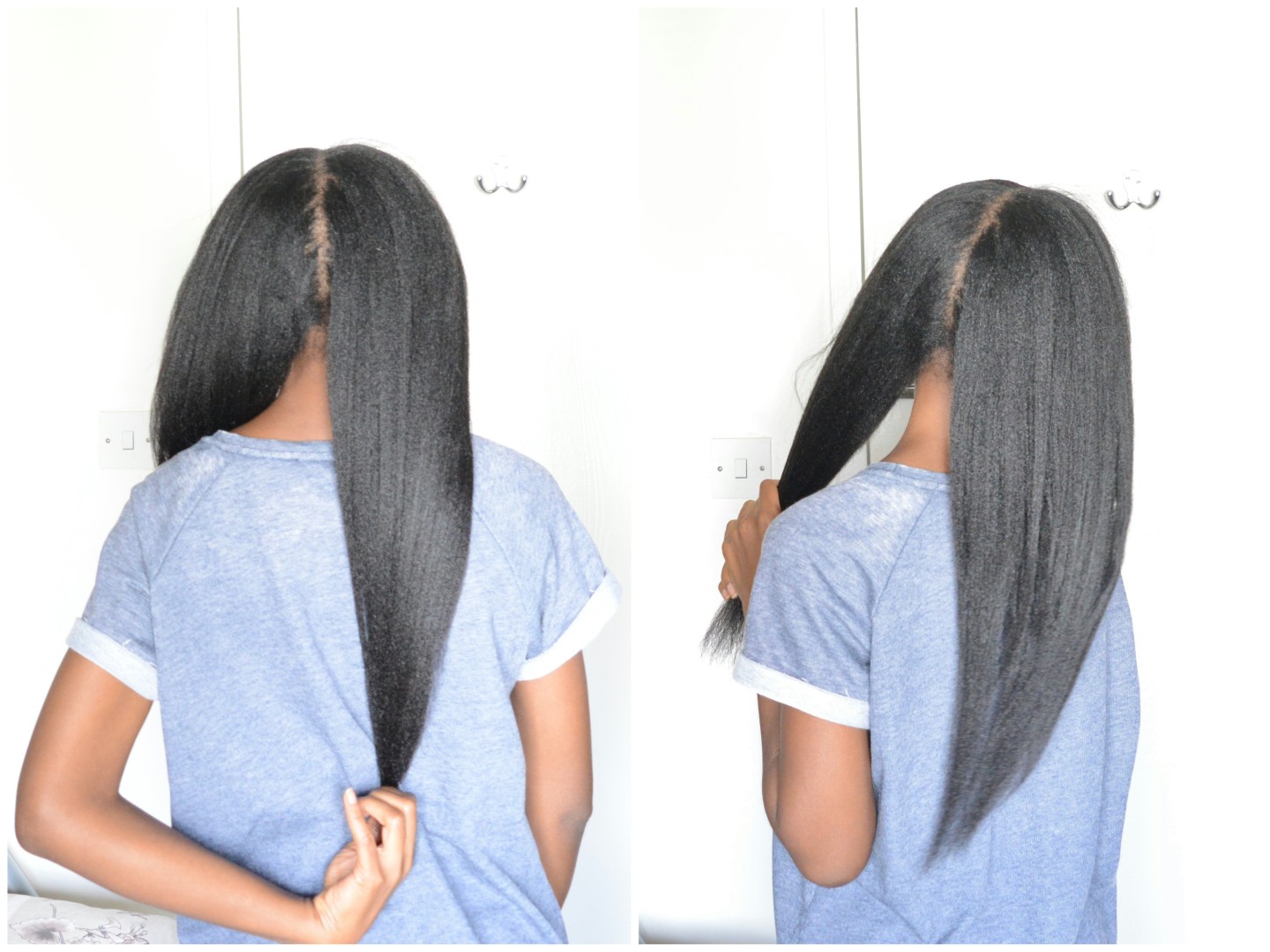
The Pros of My 6 Month Stretch
My hair feels healthier than it does after shorter stretches.
At several points on this stretch, I felt as though my hair was becoming quite damaged as a result of my struggle to manage the two textures. The length of my hair added to the difficulty of it all.
To my genuine surprise, when I texlaxed eventually, I found my hair to be in the best shape it has ever been since I began my hair journey. This reminded me that the less we expose our hair to harsh chemical processes the healthier our hair is….so long as we remain consistent with good hair care practices.
My ends are the best they have ever been
A long term hair goal of mine was to have even blunt or full looking ends.
I don’t want to create unrealistic hair goals. It is normal for hair to be a bit thinner towards the ends because with age and wear and tear, the cuticles of our hair gradually chip off and results in thinner hair especially towards our ends which are the oldest part of our hair. I however felt that because I was no longer letting my hair get longer by cutting off approximately 6 inches a year, with normal hair growth, good hair care and regular trims I would eventually have thicker ends.
Towards the end of my stretch, my hair began to look very uneven and I became discouraged about the stretch and I ended up cutting off two inches just so that wouldn’t look so bad.
When I eventually texlaxed my hair I could see that my ends where nowhere near as bad as it looked but I still cut off a further inch and half after my texlax.
I have trimmed off a total of 3 and half inches and my ends are currently in pretty good shape. I hope to maintain this by being consistent with my regimen and trimming as and when necessary.
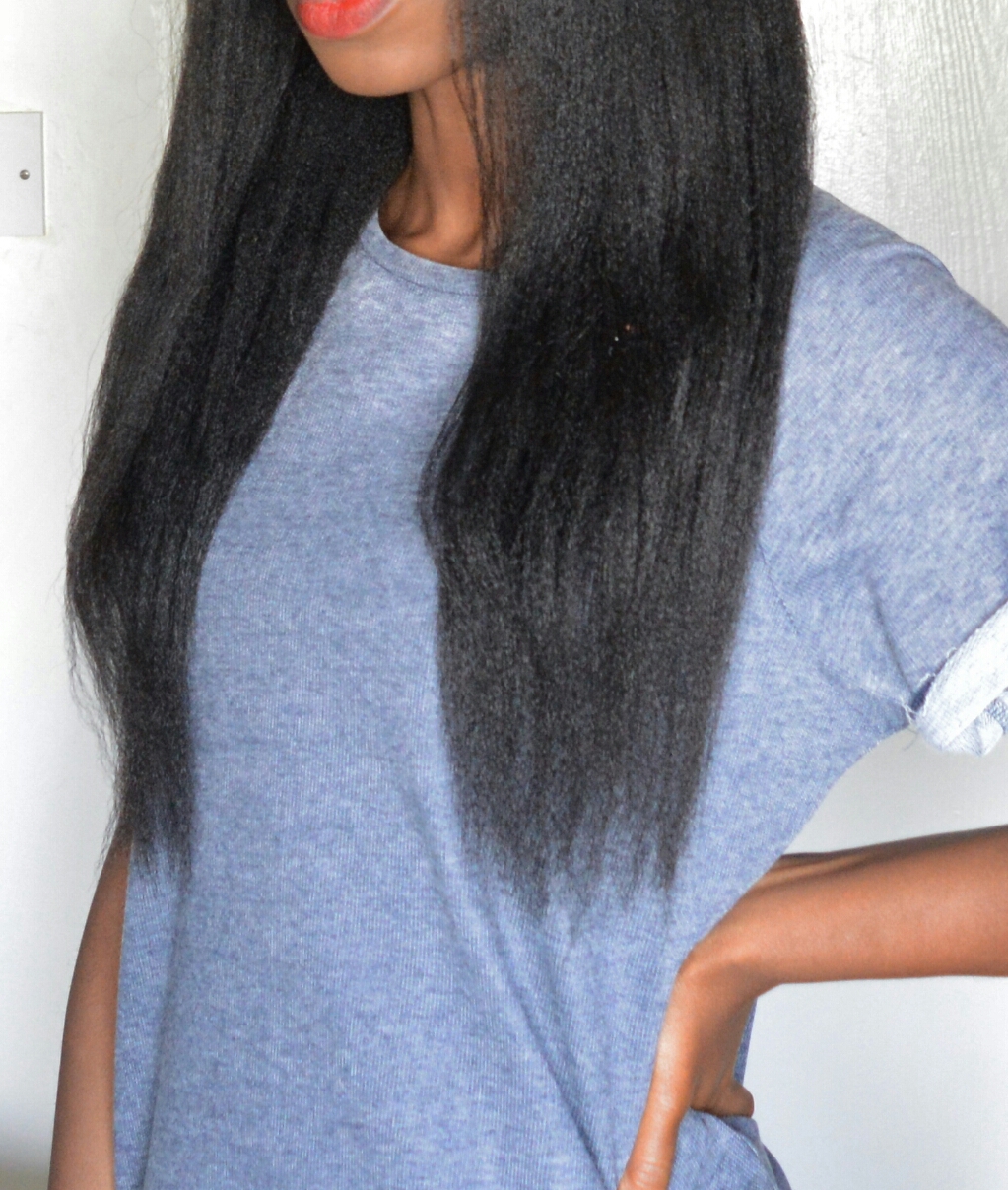
If you are on a long term stretch, it is normal for your ends to begin to look very thin and lifeless in comparison to your thick new growth. Try to hold off trimming until your next relaxer and if for whatever reason you can’t wait that long, try not to get too scissor happy and cut too much off.
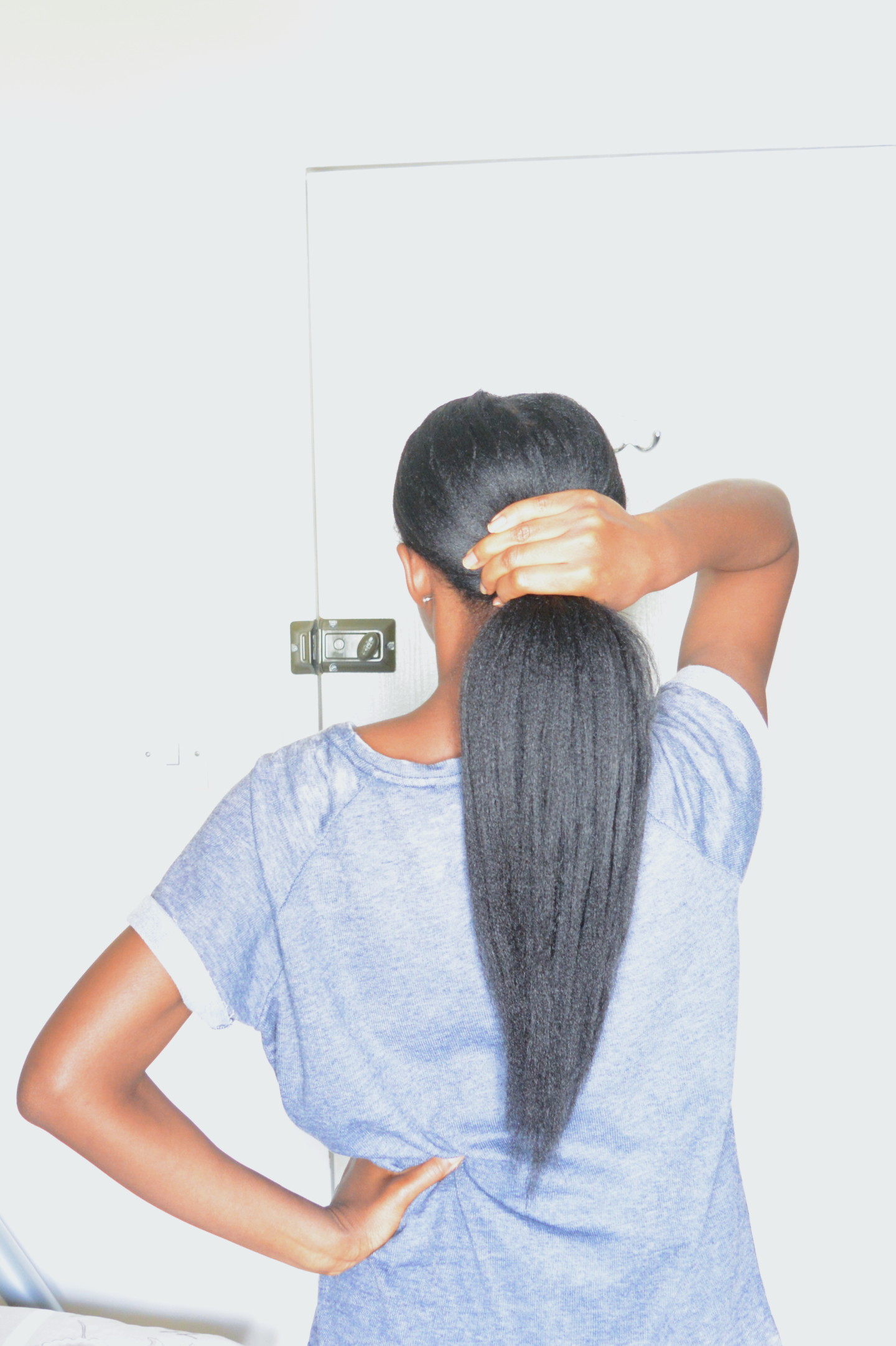
Despite the positive aspects of this stretch I don’t think I will stretch beyond 5 months in the future. I simply don’t want to work as hard as I had to on this stretch.
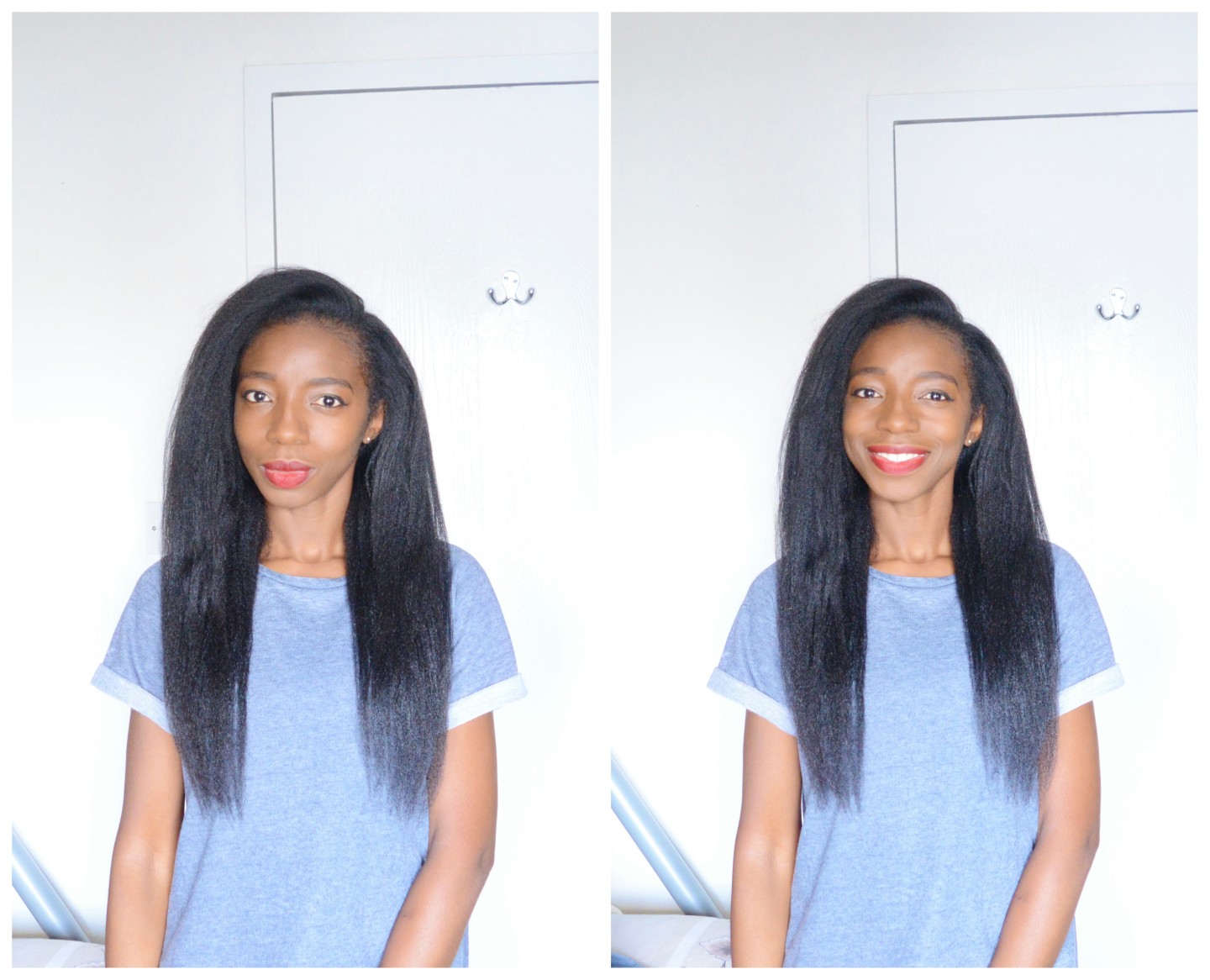
Have your recently ended a stretch? How did you manage the stretch and were you happy with your results?
My next post will be a simple hair style pictorial after a much needed wash day.
See you soon.
x
Lade
Learn | Change | Grow

